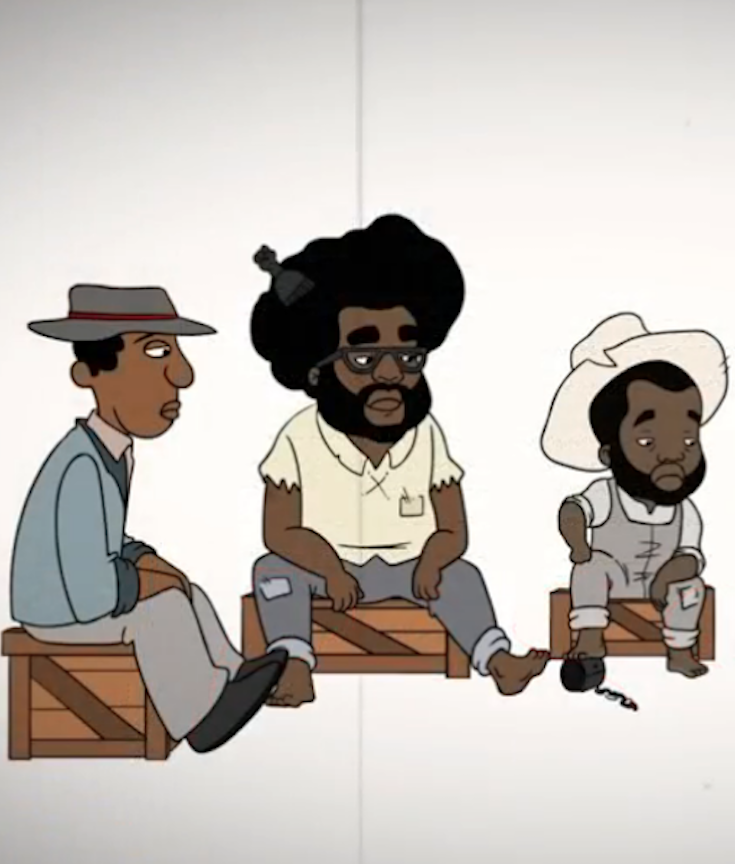[dropcap]The[/dropcap] sitcom, traditionally, is a form that revels in insularity. The small collection of close-knit characters; the settings—the office, the kitchen, the living-room couch—that remain relatively unchanged over weeks and months and years; the repeating jokes; the knowing call-backs. The familiarity, the reliability, the stasis. The constraints are part of the emotional contract sitcoms generally make with their audiences: easy laughs, low demands, situations that may vary but comedy that will not. [mc4wp_form id=”6042″]
Every once in a while, though, a show will break out of the comfortable paradigm to engage in something much more productive than comfort alone—every once in a while, a primetime network sitcom will double as an urgent argument about the way we live now and the way we might live better. Black-ish, on ABC, offers episodes like that as a matter of course, and the show’s Season 4 premiere, “Juneteenth: The Musical,” is the most powerful breakout so far. Tuesday evening’s Black-ish is, as its title suggests, largely a musical episode, inspired in turns by Hamilton and Schoolhouse Rock! It is also, as its title further suggests, a consideration of a holiday that is not (yet) nationally celebrated—and, in that, also a meditation on cultural memory and national apology and monuments and flags and kneeling and history as something that is both shared among all Americans and extremely biased in its vision.


NATIONAL MUSEUM OF AFRICAN AMERICAN HISTORY & CULTURE | WASHINGTON, DC
The National Museum of African American History and Culture is the only national museum devoted exclusively to the documentation of African American life, history, and culture. It was established by Act of Congress in 2003, following decades of efforts to promote and highlight the contributions of African Americans. To date, the Museum has collected more than 36,000 artifacts and nearly 100,000 individuals have become charter members. The Museum opened to the public on September 24, 2016, as the 19th and newest museum of the Smithsonian Institution. (Website).


You must be logged in to post a comment.